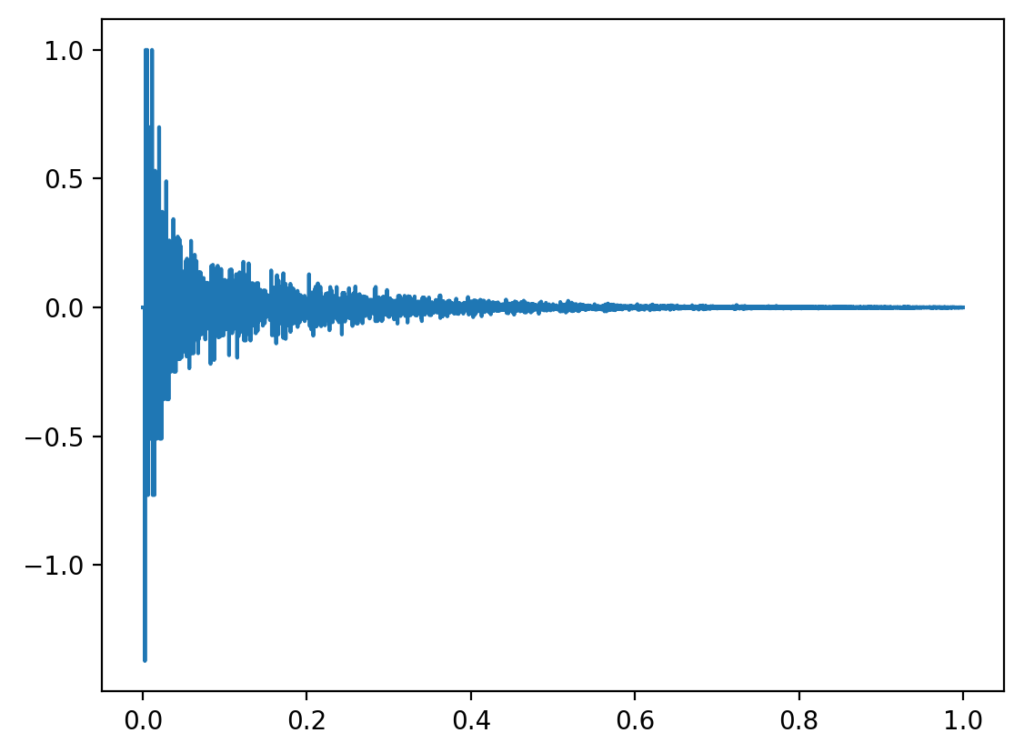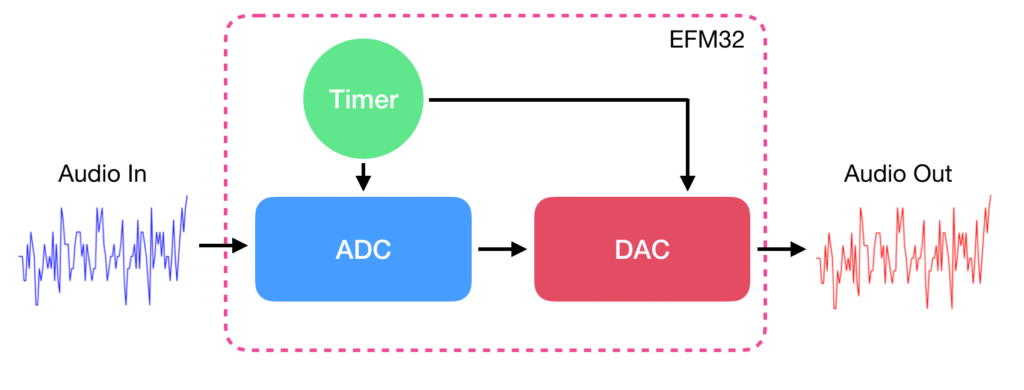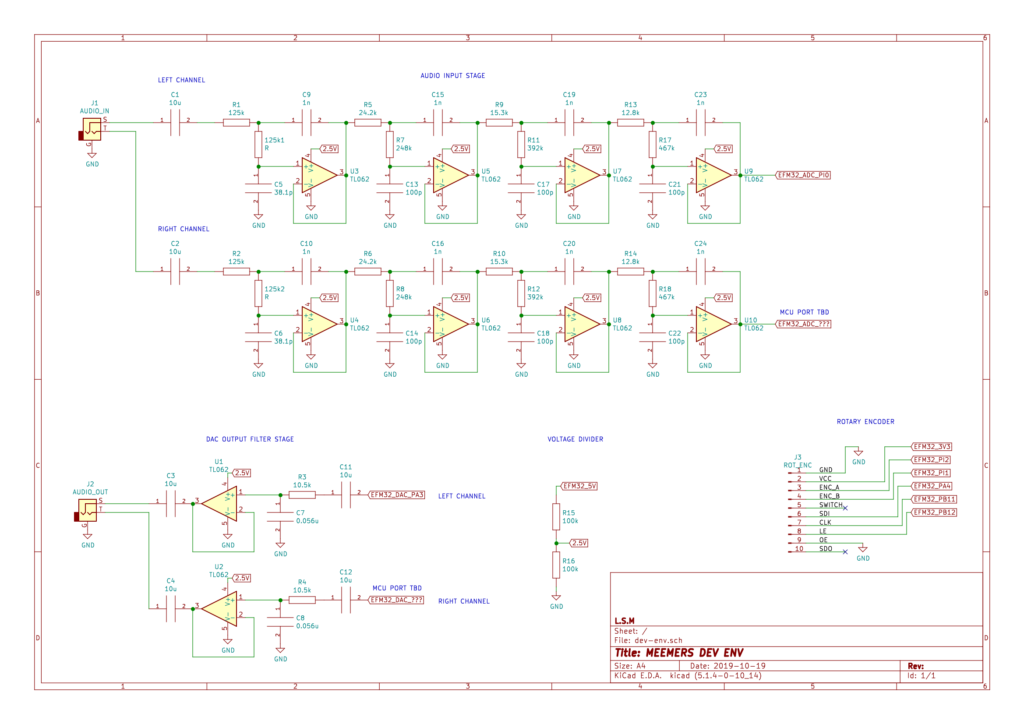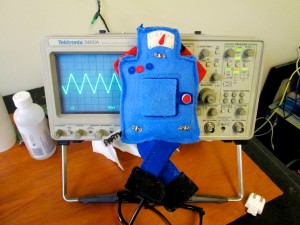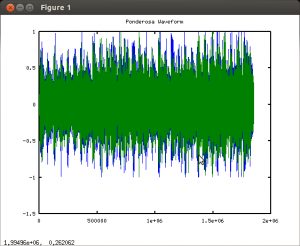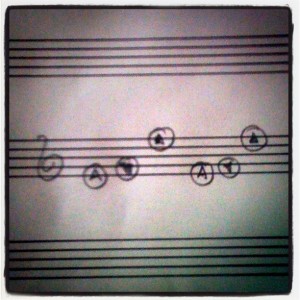Spatial Audio Edition
A while ago, I gave a talk on The Audio Programmer meetup on how I built a spatial audio plugin which you can watch below:
The plugin (called Orbiter) is open source and can be found in Github. A pdf of the slides from the talk is available here:
The video covers the development process in more detail but some of the concepts in the talk are covered briefly in this post.
(more…)
